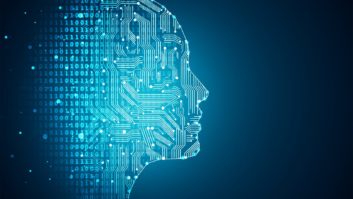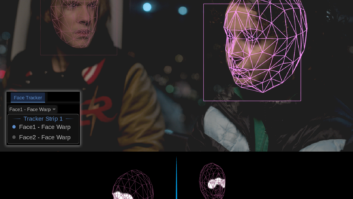Subtitles have come a long way since their beginnings in the early 20th century when the bleeding edge of technology was shining your film through slides each with subtitles written on. It wasn’t until 1980 that the UK saw the first television transmission with closed subtitles on Teletext page 888, which marked a turning point for subtitling. Today, we see that the advance of technology has enabled subtitles to move from simply being a way of delivering films into a few key foreign markets, to a technology which globalises content, drives workflows, supports monetisation and adds multiple layers of accessibility for viewers.
Ai-Media is a company continuing this long tradition of leveraging new technologies to simplify creating subtitles. They have transformed subtitle creation from the old manual and expensive process to one in which Ai-Media uses machine learning to drive Automatic Speech Recognition (ASR) in their Lexi solution, which also provides positioning and automation features for live production. With ASR, subtitling is simpler, more efficient and cost-effective. For those times when specific names, industry terms or pronunciations need to be taken into account, the Smart Lexi solution adds human curation which is ideal for complex projects and is used by broadcasters such as Sky News Australia.
The savvy broadcasters’ secret is that high-quality subtitles have uses far beyond transmission. Used as a transcript of the programme, subtitles can go into a media asset management system creating easily searchable archives or be fed into automated cloud processes such as clip generation. Both examples significantly boost workflow efficiency and create opportunities for new, otherwise impractical workflows, such as creating clips for social media. This means that subtitles, even if mandated through regulation, should be accurate to maximise their continued value to the organisation.

In 2021, EEG, an Emmy-award-winning pioneer in captioning technology, was acquired by Ai-Media bringing together two long-standing specialists in captioning and subtitling. This fusion of expertise allows Ai-Media to provide end-to-end captioning and translation solutions to meet any requirement or price point. One of their foundational solutions is Ai-Media’s iCap network, which links thousands of trained professional captioners securely and reliably into Ai-Media’s solutions. This removes the burden of maintaining connectivity to your captioners and opens up the pool you can access.
IBC 2022 will be a key moment across the industry to catch up on three years of progress and is a welcome opportunity to rekindle old connections and make new ones. Ai-Media will welcome you at stand 5.G26 at IBC to discuss their full range of solutions and match them to your workflows.
A great example is the iCap Alta virtual caption encoder for IP video, which catches the eye because it’s deployable on a virtual machine, in the public cloud or directly on hardware. This means whether your workflow is pre-cloud-migration, in the process or fully deployed, iCap Alta can fit in and move with you. Already deployed by major broadcasters, iCap Alta gives access to the automatic speech recognition and human curation in the Lexi and Smart Lexi products. iCap Encode Pro has the same access for SDI workflows and for RTMP streaming, Falcon will deliver everything you need.
In today’s digital world, the subtitling technology of a century ago is almost unrecognisable. And in the same way that video use continues to grow, Ai-Media continues to leverage its technology and talent to make high-quality subtitling increasingly easy and cost-effective. Its innovations are powered by the advance of public cloud, connectivity, machine learning and embrace the unrecognisable yet remarkable technologies of the future.







